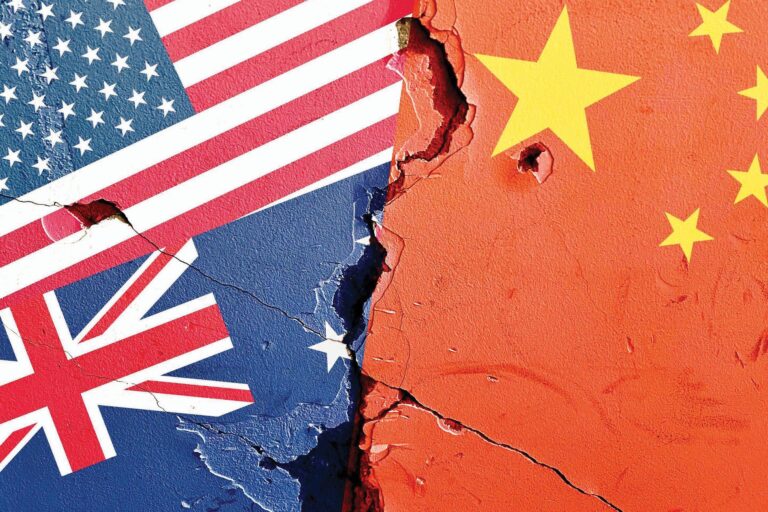Australia has publicly challenged China’s claims over development projects in the Pacific, accusing Beijing of overstating its role and taking undue credit for aid initiatives in the region. In a growing geopolitical tussle for influence, Canberra insists that many of the projects touted as “Chinese assistance” are either Australian-funded or involve limited Chinese contribution, underscoring ongoing tensions over China’s expanding presence in Pacific Island nations. This dispute highlights the complexities of foreign aid diplomacy amid competing narratives from two powerful players vying for strategic advantage in Australia’s near abroad.
China’s Claims of Pacific Aid Face Australian Scrutiny and Regional Pushback
Australian officials have publicly challenged Beijing’s narrative, asserting that many of the projects touted as Chinese aid within Pacific island nations are, in fact, funded and executed by other international partners or through regional efforts. Canberra argues that China’s portrayal of these initiatives as part of its benevolent outreach strategically aims to bolster its influence, while overshadowing the involvement of traditional donors. This dispute reflects deeper geopolitical competition as Australia intensifies its calls for greater transparency and accountability regarding the origins and beneficiaries of such development assistance.
Key points raised by Australian scrutiny include:
- Discrepancies between China’s official aid statistics and on-the-ground project financing
- Concerns from Pacific leaders about the accuracy of Chinese claims in multilateral forums
- Concerns over long-term sustainability and the terms tied to Chinese-funded infrastructure
- Efforts by regional coalitions to independently verify aid sources and maintain sovereignty over development agendas
| Country | Chinese Aid Claimed ($M) | Verified Funding Source | Australian Position |
|---|---|---|---|
| Fiji | 150 | Japan & Australia | Misattributed |
| Vanuatu | 95 | Multilateral Bank | Needs Review |
| Solomon Islands | 120 | China & Local Government | Partially Accurate |
Experts Question Transparency and Impact of Chinese-Funded Infrastructure Projects
As diplomatic tensions rise over influence in the Pacific, experts are casting doubt on the transparency and true beneficiaries of infrastructure projects commonly labeled as “Chinese aid.” Critics argue that many initiatives funded and constructed with Chinese capital are, in fact, commercial ventures masquerading as altruistic development assistance. This blurring of lines raises serious questions about accountability, with some Pacific leaders and international observers concerned about the lack of clear reporting on project costs, contract awards, and long-term economic impacts.
Key points highlighted by analysts include:
- Opaque contract structures limiting public scrutiny.
- Disproportionate involvement of Chinese firms in both construction and financing.
- Unclear debt sustainability for recipient countries.
- Inequitable local employment opportunities compared to expectations.
| Project | Funding Source | Reported Cost (USD) | Local Employment % | ||||||||||||||||||||
|---|---|---|---|---|---|---|---|---|---|---|---|---|---|---|---|---|---|---|---|---|---|---|---|
| Port Terminal Upgrade | Chinese Bank Loan | 120 million | 15% | ||||||||||||||||||||
| Road Expansion Project | Bilateral Grant + Chinese Contractor |
As diplomatic tensions rise over influence in the Pacific, experts are casting doubt on the transparency and true beneficiaries of infrastructure projects commonly labeled as “Chinese aid.” Critics argue that many initiatives funded and constructed with Chinese capital are, in fact, commercial ventures masquerading as altruistic development assistance. This blurring of lines raises serious questions about accountability, with some Pacific leaders and international observers concerned about the lack of clear reporting on project costs, contract awards, and long-term economic impacts. Key points highlighted by analysts include:
|




